How to Naturally Heal Rosacea: 9 Holistic Remedies That Work
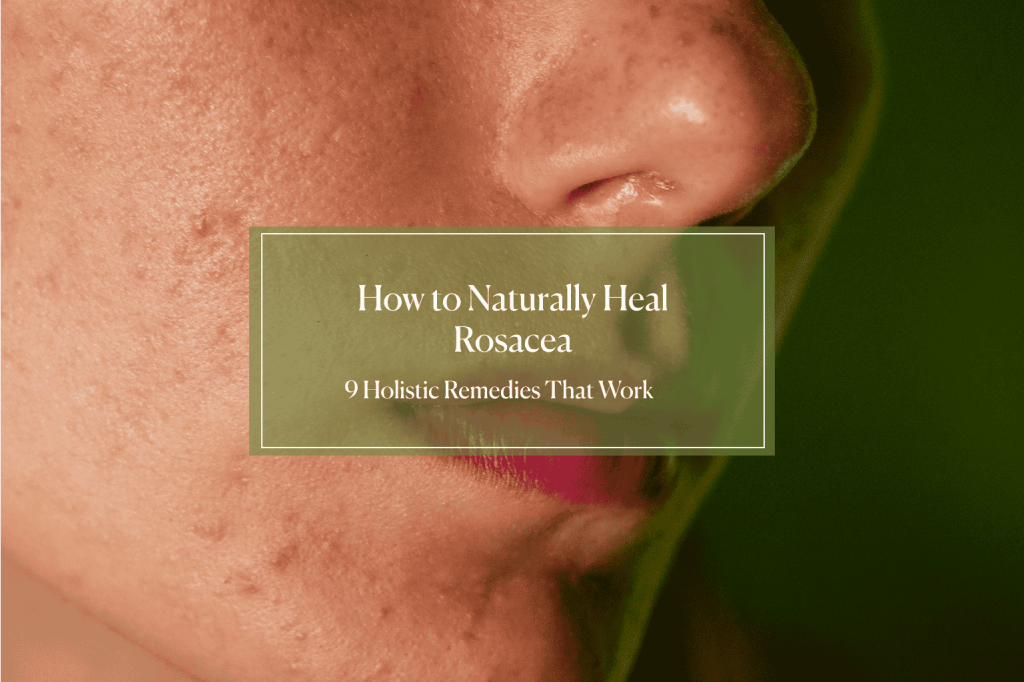
Table of Contents
Introduction: Can You Really Naturally Heal Rosacea?
Living with rosacea often feels like an unpredictable cycle, calm skin one day, redness and sensitivity the next. If you’ve tried prescription creams or been told to avoid the sun and certain foods, it’s easy to feel discouraged about ever finding true relief.
But here’s what many people don’t realize: lasting improvement is possible when you address rosacea from the inside out. Real healing isn’t about chasing the next product or trend, but about restoring balance at the root, supporting your skin, gut, lifestyle, and mind together.
At Scholistico, we believe in evidence-based, natural strategies that calm inflammation, repair the skin barrier, and build resilience, without harsh medications or fear of living your life. These principles are grounded in holistic dermatology, blending science and tradition to help you create real, sustainable change.
In this guide, you’ll discover nine holistic remedies for naturally healing rosacea: from sun-positive routines and nourishing foods, to stress relief and gentle, effective skin care. Every remedy is backed by research and years of experience helping clients achieve calmer, healthier skin.
Everyone’s journey is unique, so approach these remedies as tools to experiment with, adjusting as needed, and seek professional support if you need more guidance.
Ready to rediscover calm, confident skin, and heal rosacea naturally? Let’s get started.
1. Aloe Vera Gel: Nature’s Barrier Repair
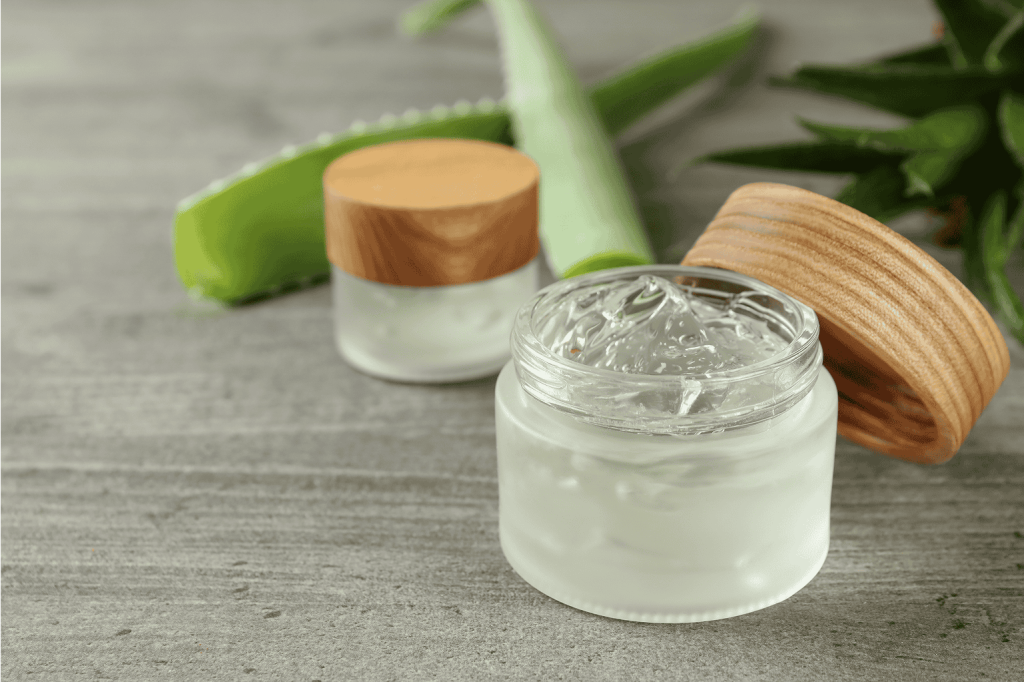
How it works:
Aloe vera contains over 75 active compounds, including polysaccharides, glycoproteins, vitamins, minerals, and antioxidants. Its mucilaginous gel creates a breathable, protective layer on the skin while drawing in moisture, helping to reduce the trans-epidermal water loss (TEWL) that often plagues rosacea-prone skin. The plant’s anti-inflammatory effect is partly due to acemannan, a polysaccharide that inhibits cyclooxygenase (COX) and reduces the release of pro-inflammatory cytokines (the same inflammatory messengers elevated in rosacea flares).
Why it’s holistic:
Aloe doesn’t just calm surface irritation; it helps restore the skin’s barrier function, a key factor in both the cause and healing of rosacea. Traditional herbal medicine has used aloe for centuries to soothe “hot,” reactive conditions, aligning with the “damp-heat” or “heat toxicity” principles in Eastern medicine.
When and for whom:
Aloe vera is ideal for anyone experiencing acute redness, burning, or stinging. It is especially valuable during a flare-up, after sun exposure, or as a nightly barrier support.
How to use:
- Always use pure, organic aloe gel, directly from a plant or a commercial product with no alcohol or added fragrance.
- Patch test on the jawline before first use.
- After cleansing, apply a thin layer while skin is still damp. Allow to absorb fully before applying moisturizer.
- For an intensive treatment, refrigerate the gel and use as a cooling mask for 10–15 minutes.
Caveats:
About 1 in 50 people with sensitive skin may react to aloe. If itching or irritation occurs, discontinue use.
How to tell if it’s working:
Reduced stinging, less visible redness, and a softer, less “tight” feeling to the skin are typical signs.
2. Colloidal Oatmeal Masks: Calming Inflammation from the Outside-In
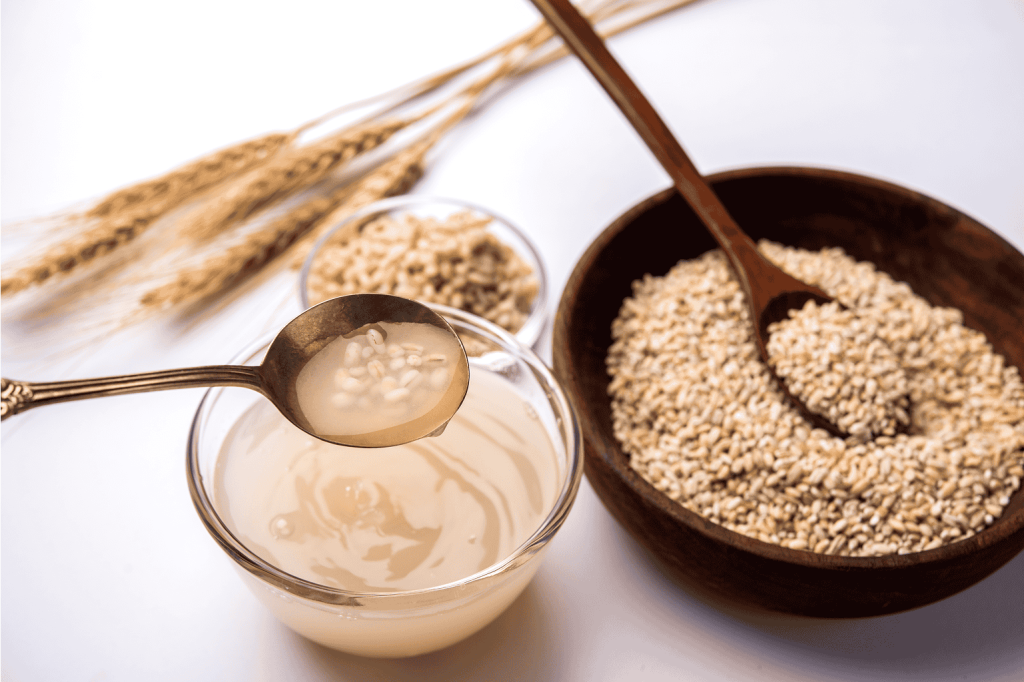
How it works:
Colloidal oatmeal is produced by finely grinding whole oats, which contain beta-glucans, avenanthramides, and saponins. Beta-glucans act as anti-inflammatories and immunomodulators, helping to “turn down” the overactive skin immune response seen in rosacea. Avenanthramides directly reduce histamine release and can inhibit the NF-kB pathway, one of the main molecular drivers of skin inflammation. Saponins gently cleanse without stripping lipids.
Oatmeal doesn’t just soothe the skin; it can help rebalance the local immune response. Oat baths are a staple in both Western herbalism and Ayurvedic care for “pitta” (heat-based) skin disorders.
When and for whom:
Best for those with itchy, dry, or “tight” skin, and for anyone whose flares worsen with environmental triggers (wind, temperature swings, pollution).
How to use:
- Buy pre-made colloidal oatmeal, or blend rolled oats to a fine powder.
- Mix 2–3 tablespoons with enough lukewarm water or chamomile tea to form a paste.
- Apply to clean skin, avoiding the eyes and lips.
- Leave for 10–15 minutes, then rinse gently with cool water.
- Use 1–3 times per week as needed.
Caveats:
Rare oat allergy is possible. Don’t use if you have known oat intolerance or celiac disease with extreme sensitivity.
How to tell if it’s working:
Look for rapid itch relief, a drop in visible redness, and a less “reactive” feeling to the skin within hours of use.
3. Niacinamide (Vitamin B3): Rebuilding the Skin’s Resilience
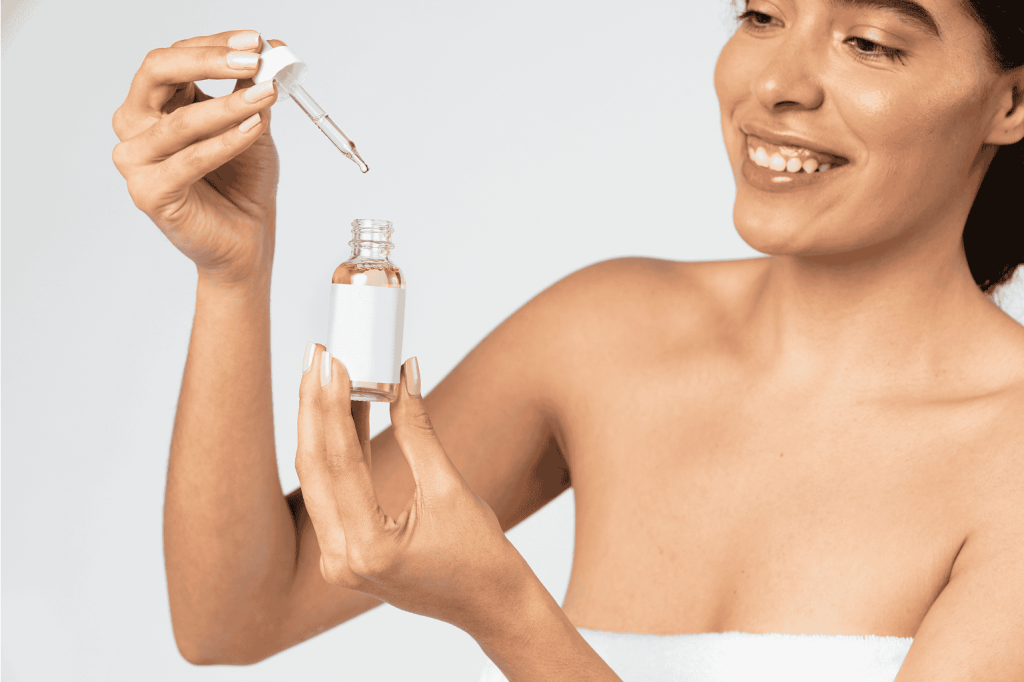
How it works:
Niacinamide (nicotinamide) is a water-soluble form of vitamin B3. It boosts the production of ceramides and free fatty acids, critical for repairing the skin’s lipid barrier. Niacinamide inhibits the release of interleukin-8 and other pro-inflammatory signals from keratinocytes, while also reducing the abnormal blood vessel dilation (“flushing”) that defines rosacea. Clinical trials (see Draelos, 2006) show a 2–5% niacinamide cream can reduce both baseline redness and flare frequency.
Niacinamide does much more than simply target redness; it supports barrier repair, hydration, and cellular energy, all vital for skin that’s easily overwhelmed by stress, heat, or microbes. B3 also plays a central role in mitochondrial health, so its benefits extend systemically.
When and for whom:
Ideal for anyone with sensitive, thin, or easily dehydrated skin; those whose rosacea flares with stress or after using harsh products; and as a daily maintenance step.
How to use:
- Select a serum or cream with 2–5% niacinamide (higher concentrations can cause flushing).
- Apply after cleansing, before moisturizer.
- Use daily for at least 6–8 weeks to see full benefit.
- Introduce slowly if prone to reactions.
Caveats:
Rarely, niacinamide may cause tingling or temporary warmth. This usually fades within a week; if persistent, reduce frequency.
How to tell if it’s working:
Look for less redness after two weeks, improved hydration, and a decrease in sensitivity to weather or skincare products.
4. Raw Honey (Manuka or Kanuka): Microbiome Support & Moisture Lock
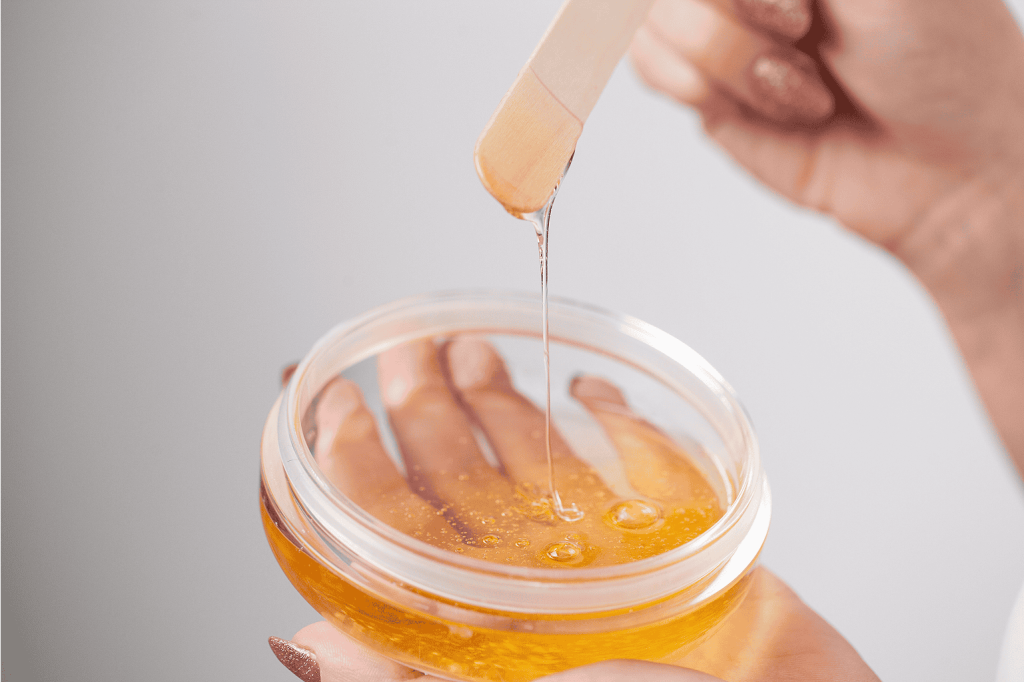
How it works:
Raw honey, especially varieties like manuka (from Leptospermum scoparium) and kanuka (Kunzea ericoides), is rich in methylglyoxal, hydrogen peroxide, and a spectrum of oligosaccharides and enzymes. These compounds give honey powerful antimicrobial effects, helping to balance the skin microbiome, which is often disrupted in rosacea. Honey is also a natural humectant: it draws water from the air into the skin, supporting deep hydration and helping to repair the barrier. Unique to manuka and kanuka honey, studies (e.g., Braithwaite et al., 2015) show significant reduction in rosacea symptoms after consistent use, thanks to their anti-inflammatory and wound-healing properties.
Honey is one of the world’s oldest topical remedies for wounds and “hot” skin conditions in both Western and traditional medicine. It offers nourishment, gentle cleansing, and immune support, all key for skin that’s out of balance.
When and for whom:
Best for dry, sensitive, or “angry” skin that feels tight, rough, or prone to cracking. Particularly useful when conventional creams sting or worsen flares.
How to use:
- Choose unpasteurized, medical-grade manuka or kanuka honey. Look for a UMF (Unique Manuka Factor) or MGO (Methylglyoxal) rating if possible.
- On clean, damp skin, apply a thin layer of honey as a mask.
- Leave on for 10–15 minutes, then rinse gently with lukewarm water.
- Start once weekly; increase to twice if well tolerated.
Caveats:
As expected honey can leave a sticky sensation, and rarely, can also cause a mild tingling. This is normal. Avoid if you have a known allergy to bee products.
How to tell if it’s working:
Skin feels softer, more supple, and visibly calmer. Flares become less frequent, and dryness is less severe.
5. Green Tea Compresses: Polyphenols for Redness, Inflammation & UV Resilience
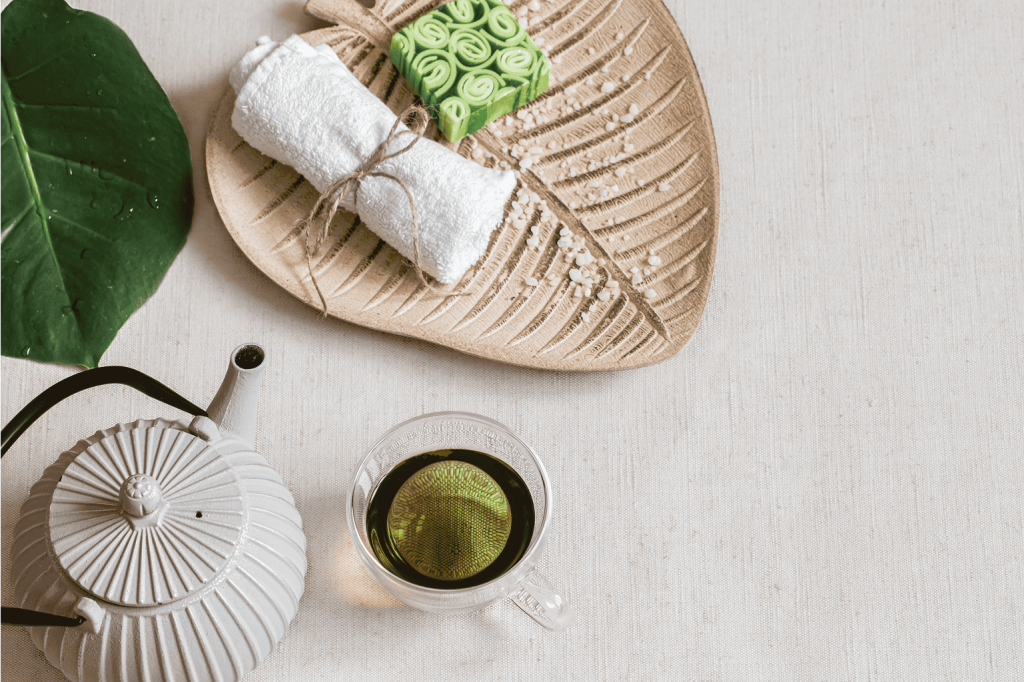
How it works:
Green tea (Camellia sinensis) is loaded with catechins, especially epigallocatechin gallate (EGCG). These compounds are potent antioxidants, quenching free radicals and reducing oxidative stress, a driver of the chronic inflammation seen in rosacea. EGCG also has photo-protective effects, making the skin less reactive to UV light (one of the top triggers for rosacea flares). Studies (e.g., Mahmood & Bowe, 2014) have shown that green tea, used topically, can reduce UV-induced erythema (redness) and decrease DNA damage in skin cells.
Green tea connects inside and out: it soothes the skin, calms the mind, and, when consumed as tea, provides systemic anti-inflammatory benefits. Traditional medicine recognizes green tea for cooling “internal heat” and supporting detoxification pathways.
When and for whom:
Excellent for those with visible flushing, redness triggered by sun or heat, and skin that feels warm to the touch. Useful during the summer or after physical activity.
How to use:
- Brew 1–2 bags of high-quality organic green tea in a cup of boiling water; let steep 10 minutes for maximal extraction.
- Allow the tea to cool fully (chill in the fridge for extra relief).
- Soak a clean, soft cloth or gauze in the cooled tea.
- Apply to affected areas for 5–10 minutes, 2–3 times per week.
Caveats:
Green tea is generally well tolerated, but rare sensitivities exist. Patch test if using on the face for the first time.
How to tell if it’s working:
You’ll notice a reduction in immediate redness after compresses and greater resilience to sun or temperature changes over time.
6. Sensible Sun Exposure: Nourishing, Not Avoiding, the Light
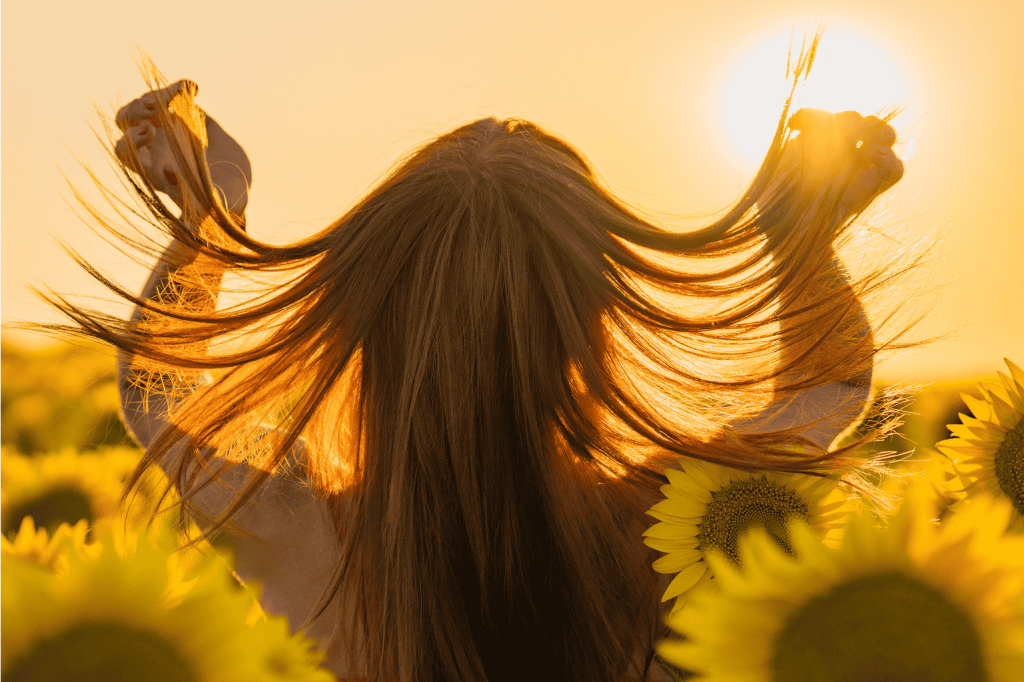
How it works:
Healthy, non-burning sun exposure enables the body to synthesize vitamin D3, a hormone critical for skin cell turnover, immune regulation, and anti-inflammatory action (see review). UV‑induced vitamin D also protects skin from photo‑damage by repairing DNA, reducing oxidative stress, and calming chronic inflammation (see study). Modern research links vitamin D deficiency with higher risk and severity of inflammatory skin diseases, including rosacea. Sunlight also helps calibrate the circadian rhythm, lowers cortisol, and elevates mood, all key factors for a resilient skin barrier and stable blood vessels.
In contrast to “sun-phobic” conventional advice, a holistic approach honors the sun as a biological nutrient. Brief, gradual exposure builds the skin’s antioxidant defenses and improves tolerance over time, especially when combined with antioxidant-rich nutrition (think polyphenols and carotenoids).
When and for whom:
Ideal for those who experience rosacea flares after a long winter, when vitamin D is low, or who feel better after gentle sun exposure.
Note: If you have a history of photosensitive disorders or very fair, easily burning skin, proceed more cautiously.
How to use:
- Start with 5–10 minutes of morning or late-afternoon sun on arms and face, several days per week.
- Avoid burning at all costs: increase exposure by a few minutes each week.
- Use hats, light clothing, or seek shade during peak UV times (10 a.m. to 3 p.m.).
- Support skin from within with a diet high in antioxidants (e.g., berries, leafy greens, wild-caught fish).
Caveats:
Never stay in the sun long enough to redden or burn.
If your rosacea is acutely flaring or highly sensitive to light, use indirect sunlight and increase oral vitamin D3 (after consulting your practitioner).
How to tell if it’s working:
Better mood, improved sleep, and, over time, fewer sun-induced flares. The skin may develop a subtle “glow” and feel less fragile or reactive.
7. Anti-Inflammatory, Low-Histamine Diet: Healing from the Inside Out
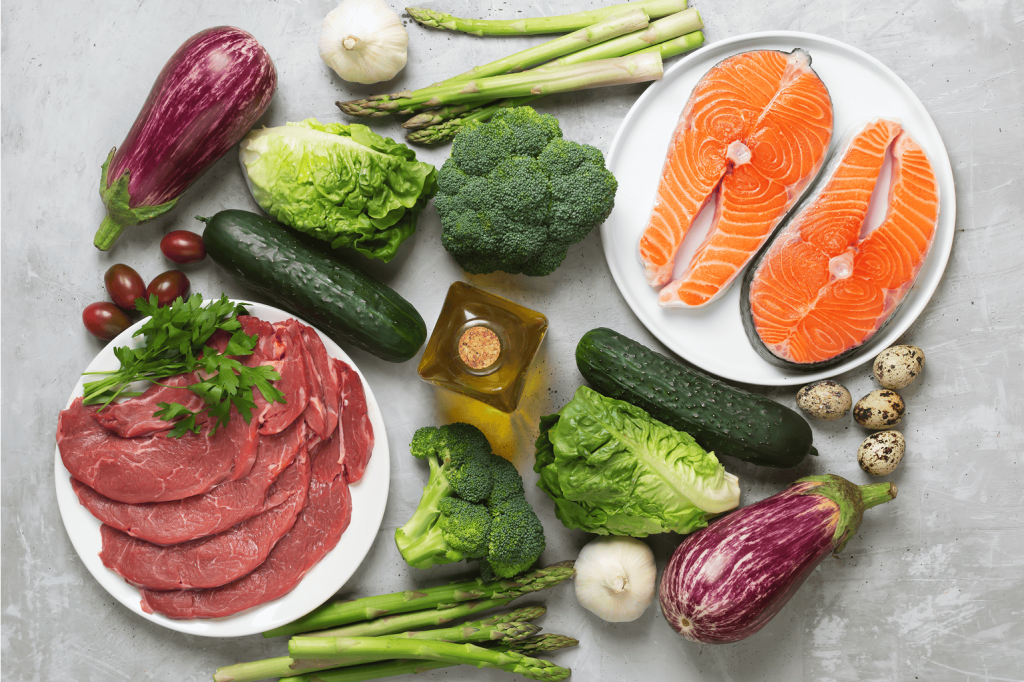
How it works:
Rosacea is increasingly understood as a disorder involving not just the skin, but the gut and immune system as well. Up to 50% of people with rosacea show some degree of “gut-skin axis” dysfunction, meaning food sensitivities, imbalanced gut bacteria, or high-histamine diets can drive flares. An anti-inflammatory diet reduces systemic triggers: less sugar and processed food means fewer blood sugar spikes and less oxidative stress, while more colorful vegetables, omega-3 fats, and fermented foods help to calm immune reactivity and restore the skin’s barrier from within.
For many, high-histamine foods (aged cheese, wine, vinegar, smoked meats, certain fermented foods) are “hidden” triggers. These foods can promote vasodilation (widening of blood vessels), contributing to flushing, redness, and bumps.
The emphasis is on deeply nourishing, colorful, unprocessed foods that heal at the cellular level. Traditional naturopathy, Ayurveda, and functional medicine all emphasize diet as the foundation for healthy skin.
When and for whom:
Highly effective for anyone whose rosacea flares after certain foods, with digestive issues (bloating, IBS, heartburn), or who has not improved with topical care alone.
How to use:
- Focus on a Mediterranean-style base: leafy greens, colorful veggies, wild-caught fish, olive oil, seeds, and gluten-free whole grains.
- Include daily prebiotic fibers (asparagus, garlic, onions), fermented foods (unless histamine is a problem), and anti-inflammatory herbs (turmeric, ginger).
- Keep a detailed food and symptom diary for 2–4 weeks to spot patterns.
- If flares continue, try a low-histamine phase for 2–3 weeks and reintroduce foods gradually.
Caveats:
Dietary changes can take 2–6 weeks to show results. If you have a history of disordered eating, always work with a qualified practitioner. Elimination diets should be temporary and targeted.
How to tell if it’s working:
You’ll notice fewer, milder flares, improved digestion, more stable energy, and calmer skin.
8. Mind-Body Stress Relief: Calming the Root of Flares
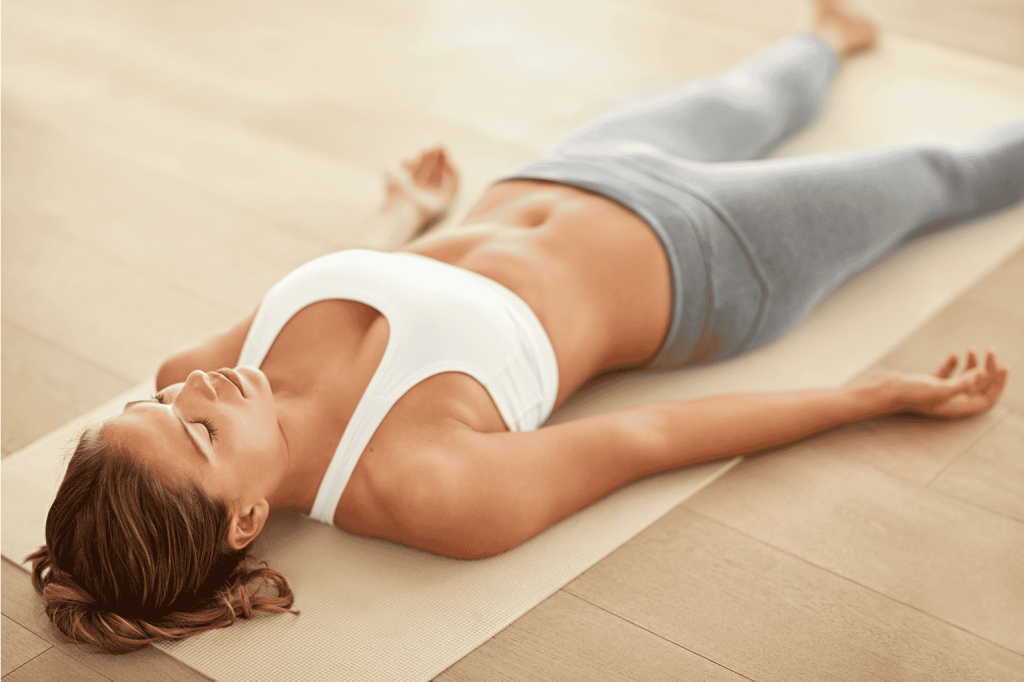
How it works:
Rosacea is tightly linked to the stress response: psychological or physiological stress can activate the hypothalamic-pituitary-adrenal (HPA) axis, resulting in higher cortisol, increased inflammation, and dilation of facial blood vessels. Many with rosacea notice immediate flushing, itching, or burning during or after periods of stress, anxiety, or even excitement. Mind-body practices work by shifting the nervous system out of “fight or flight” and into “rest and repair,” lowering systemic inflammation and improving skin’s threshold for triggers.
Holistic medicine recognizes that skin is both a boundary and a communication organ, reflecting our emotions and stress levels as much as our physiology. Practices like meditation, deep breathing, and gentle yoga regulate both mind and body, supporting lasting skin resilience.
When and for whom:
Essential for anyone whose flares seem tied to emotions, work stress, or big life changes. Also ideal for those who find that nothing topical or dietary seems to help.
How to use:
- Practice diaphragmatic breathing: inhale for 4 counts, exhale for 6 counts, for 5–10 minutes daily.
- Try mindfulness meditation, guided relaxation, or restorative yoga for 10–20 minutes.
- Incorporate outdoor walks, gardening, or creative hobbies for extra grounding.
- Track stress triggers alongside your rosacea symptoms to spot patterns.
Caveats:
Be patient, nervous system regulation takes practice and consistency. If high anxiety or depression is present, seek professional support.
How to tell if it’s working:
Skin flares become less frequent after stress, sleep improves, and overall emotional resilience grows.
9. Gentle Cleansing for Urban Pollutants: Protecting Skin & Microbiome
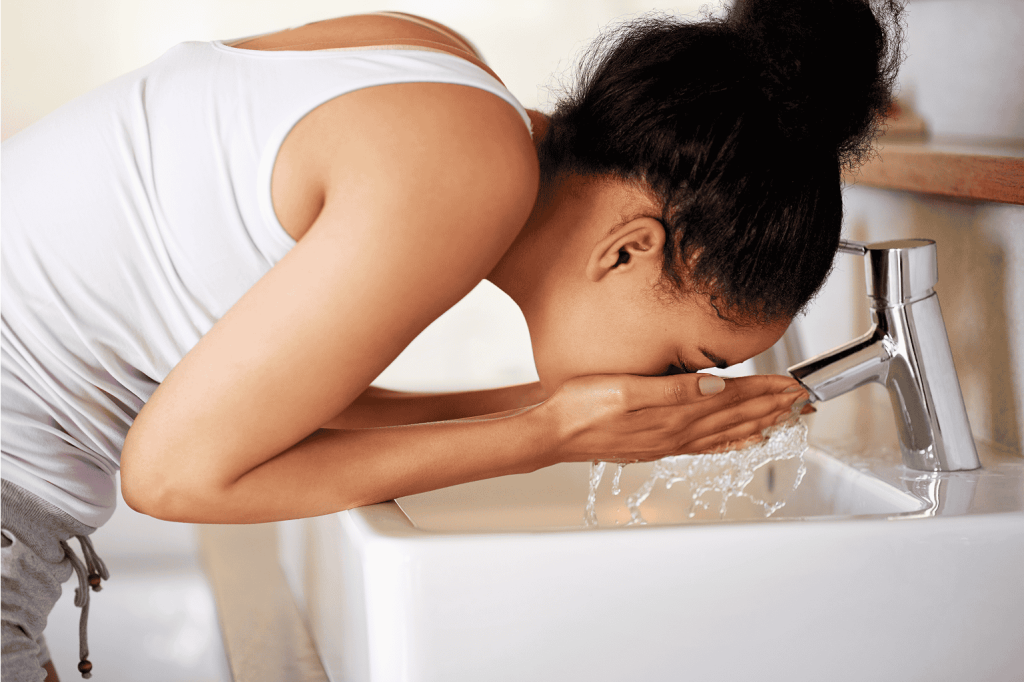
Why it’s essential:
For anyone with rosacea living in a city or exposed to environmental pollution, gentle cleansing isn’t optional, it’s a cornerstone of holistic skin health. Particulate matter, dust, and airborne toxins can worsen inflammation, disrupt the skin’s microbiome, and make rosacea more reactive. However, most commercial cleansers are too harsh, stripping away healthy oils and beneficial bacteria your skin needs to stay resilient. The right cleansing method removes pollutants without weakening your natural defenses.
Botanical oils such as rosehip and jojoba are molecularly similar to the skin’s own sebum. When massaged into dry skin, they bind to and dissolve surface pollutants (including fine particles, smoke residue, and urban dust) without damaging the lipid barrier. Wiping gently with a soft, warm cloth removes both the oil and trapped impurities, preserving hydration and the integrity of the skin’s ecosystem. This method outperforms surfactant-based cleansers for sensitive, barrier-compromised skin, and actually supports the regrowth of protective flora.
Gentle oil cleansing is more than a mere hygiene step, it’s a daily opportunity to reinforce your skin’s partnership with its environment. By removing only what doesn’t belong and preserving what does, you protect against environmental triggers while empowering the microbiome and natural barrier to thrive.
When and for whom:
Essential oils (especially tea tree, peppermint, and citrus) should be avoided in facial cleansers for anyone with rosacea or sensitive skin, unless specifically prescribed by a knowledgeable practitioner due to their high irritation risk. Rosehip oil, as a gentle carrier oil, is generally safe and suitable for most people with rosacea.
How to use:
- In the evening, massage 4–6 drops of pure rosehip or jojoba oil onto dry skin for 30–60 seconds.
- Hold a warm, damp cloth over the face for 10–15 seconds to loosen debris, then wipe gently, no scrubbing.
- Finish with a splash of cool water and pat dry.
- On days with heavy pollution, follow with a single pass of fragrance-free micellar water on a cotton pad, then rinse again with water.
- Immediately reapply your barrier-supportive moisturizer (tallow, squalane, or rosehip oil).
What to avoid:
- Surfactant-based, foaming, or “deep-cleansing” products, even if labeled for sensitive skin.
- Over-washing or multiple-step routines that leave your skin feeling tight or dry.
- Essential oils in your cleanser (especially tea tree, peppermint, citrus) are potent irritants for sensitive skin and rosacea, and are best avoided unless professionally advised. Rosehip oil, on the other hand, is a gentle carrier oil and is generally well-tolerated.
How to tell if it’s working:
- Less irritation or “tightness” after washing.
- Fewer and milder flares after pollution exposure or busy days outdoors.
- Softer, more supple skin that feels comfortable and balanced, never stripped or inflamed.
Special Note:
This approach is especially critical for rosacea-prone skin in urban settings or during wildfires, heatwaves, or periods of high air pollution. Make gentle, oil-based cleansing a non-negotiable part of your routine for true, long-term resilience.
FAQ: Common Concerns About Healing Rosacea Naturally
What if my rosacea flares or gets worse with a new remedy?
Always stop using any product or practice that triggers increased burning, redness, or discomfort. Even natural remedies can cause sensitivities in some people. Give your skin a break and consult a holistic or naturopathic dermatologist if symptoms persist or worsen.
Can I use these remedies alongside prescription treatments?
Yes, many holistic strategies can complement medical treatments, but always check with your prescribing practitioner first. Integrating natural and medical care should be individualized and monitored for best results.
How do I know which remedy is working for me?
Introduce only one new remedy at a time, and track changes in your skin for at least 1–2 weeks before adding another. Look for improvements in redness, comfort, hydration, and flare frequency.
Is it safe to combine several natural remedies at once?
Yes, most of these approaches are synergistic, but go slowly and listen to your skin’s feedback. Start with the strategies that feel most relevant to your triggers and needs, and always patch test new products before widespread use.
When to Seek Help From a Holistic/Naturopathic Dermatologist
While most people see improvement with gentle, natural routines, there are times when expert support makes all the difference.
Seek out a qualified holistic or naturopathic dermatologist if:
- Your rosacea symptoms persist, worsen, or begin to impact your daily life.
- You notice changes in vision, eye pain, or swelling around the eyes (ocular rosacea).
- You’re experiencing frequent flares despite consistent care.
- You feel overwhelmed, discouraged, or unsure how to individualize your approach.
A skilled practitioner can help identify root causes, offer advanced natural therapies, and create a personalized plan to restore your skin’s health and your peace of mind.
Go Deeper: Learn the Art & Science of Natural Health
If you’ve found these holistic strategies for naturally healing rosacea helpful, imagine how much more you could do with a complete, accredited education in naturopathic health.
At Scholistico, we believe real skin healing begins with understanding the whole person: body, mind, and environment. Our Naturopathy Practitioner Certification Course gives you the tools, frameworks, and science-backed knowledge to support not just yourself, but others on their path to true skin and whole-body wellness.
Whether you’re looking to become a certified practitioner, deepen your personal healing journey, or add holistic skin health to your professional toolkit, this course covers:
- Root-cause assessment: Gut-skin connection, detoxification, food sensitivities, and lifestyle medicine.
- Safe, effective natural interventions: Herbal remedies, nutrition, mind-body strategies, and advanced skin care for chronic conditions like rosacea.
- Practical, real-world applications: Case studies, protocols, and client-ready resources.
- Accredited certification recognized internationally.
Ready to become a confident, skilled leader in holistic skin health?
Want even greater value and the most comprehensive foundation in holistic health?
Explore our Complete Natural Health Certification Bundle, which includes the Naturopathy course plus advanced certifications in Holistic Nutrition, Holistic Health, and more. This all-in-one package equips you to address skin, gut, energy, and lifestyle, giving you the skills to transform lives naturally and confidently.

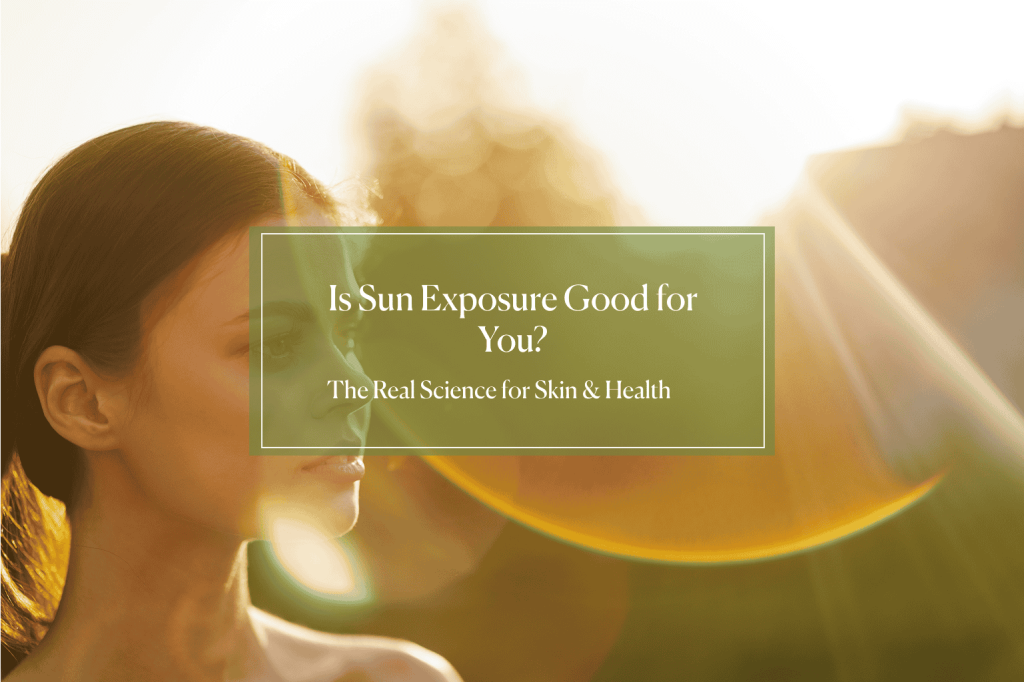
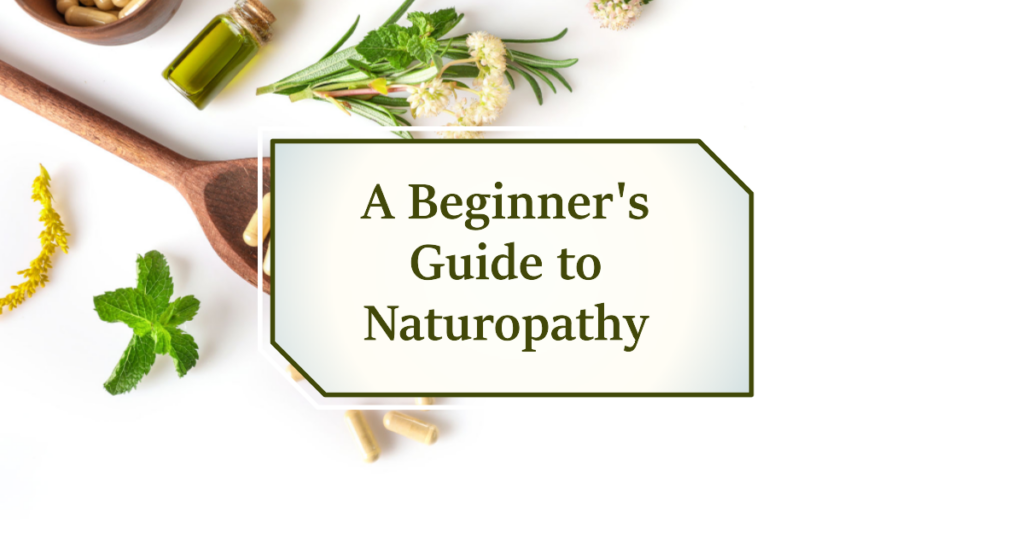
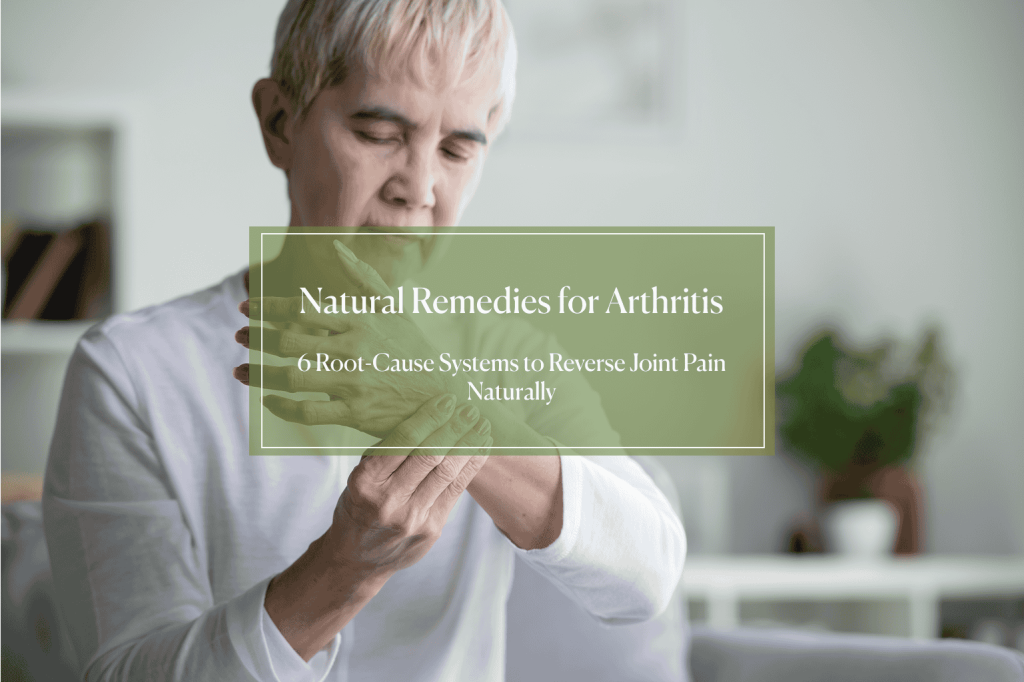
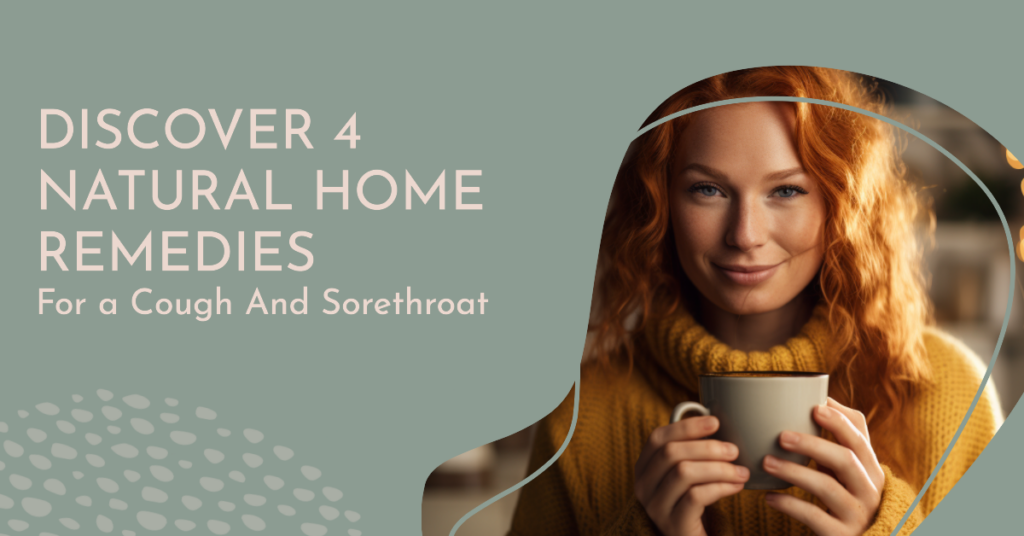
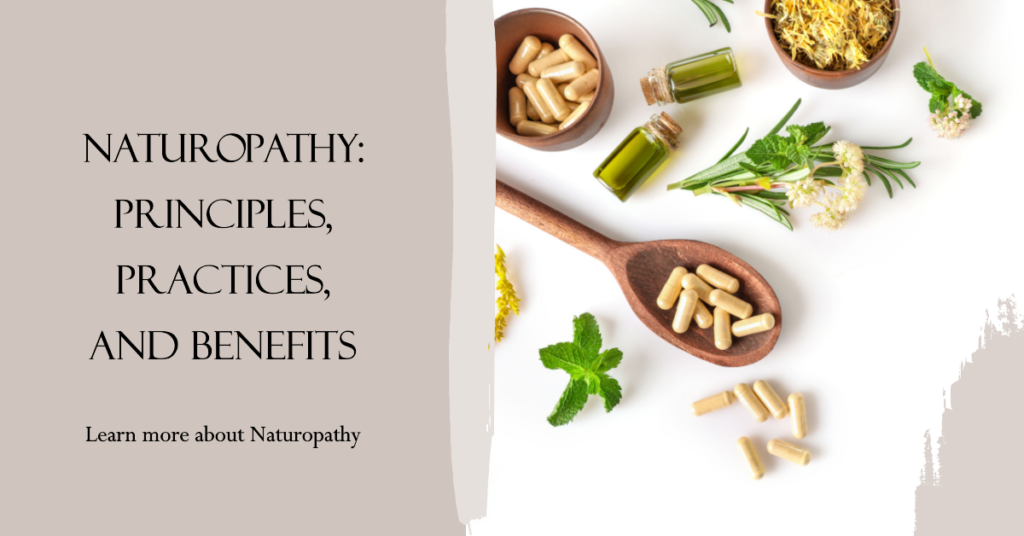


Responses